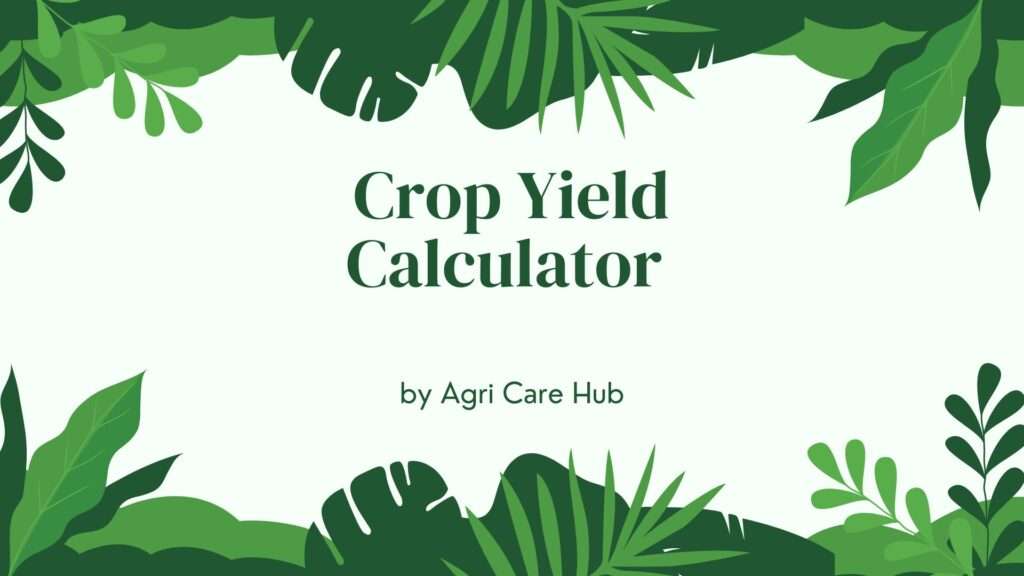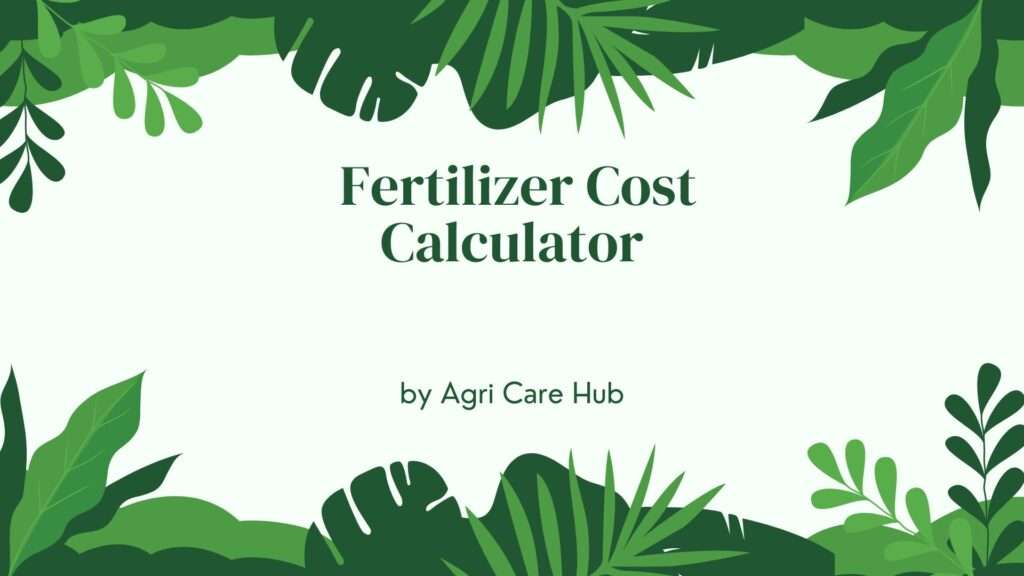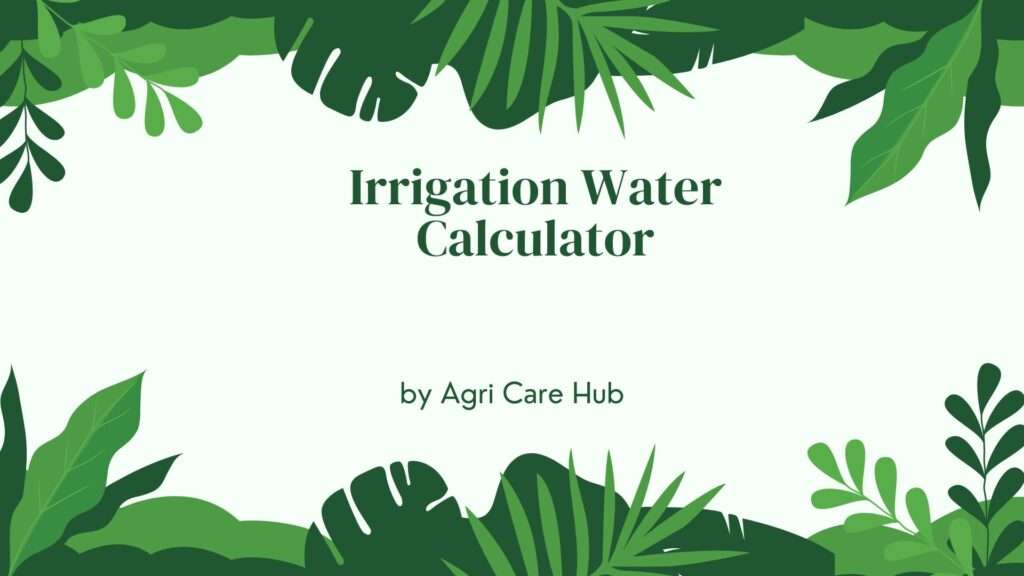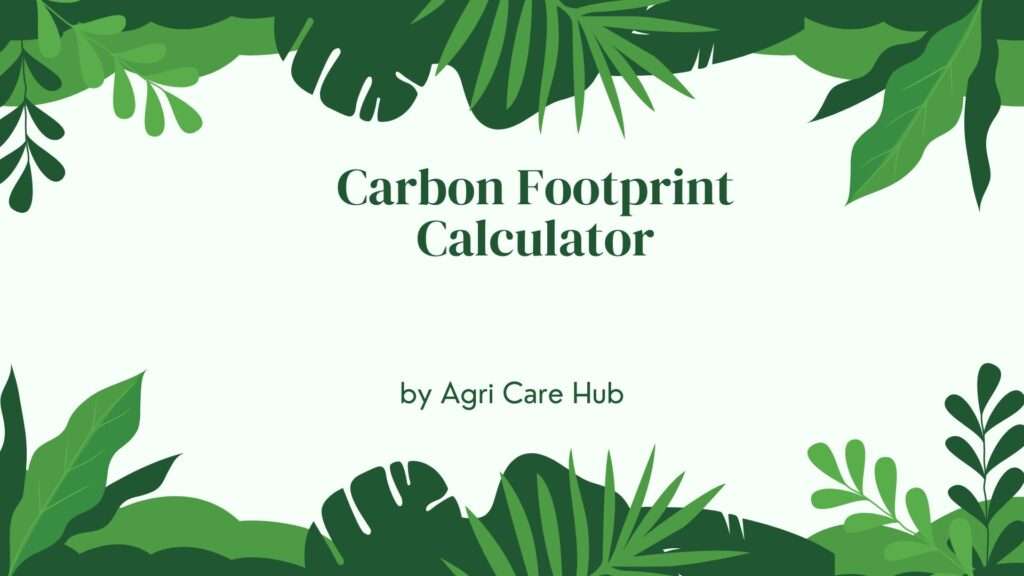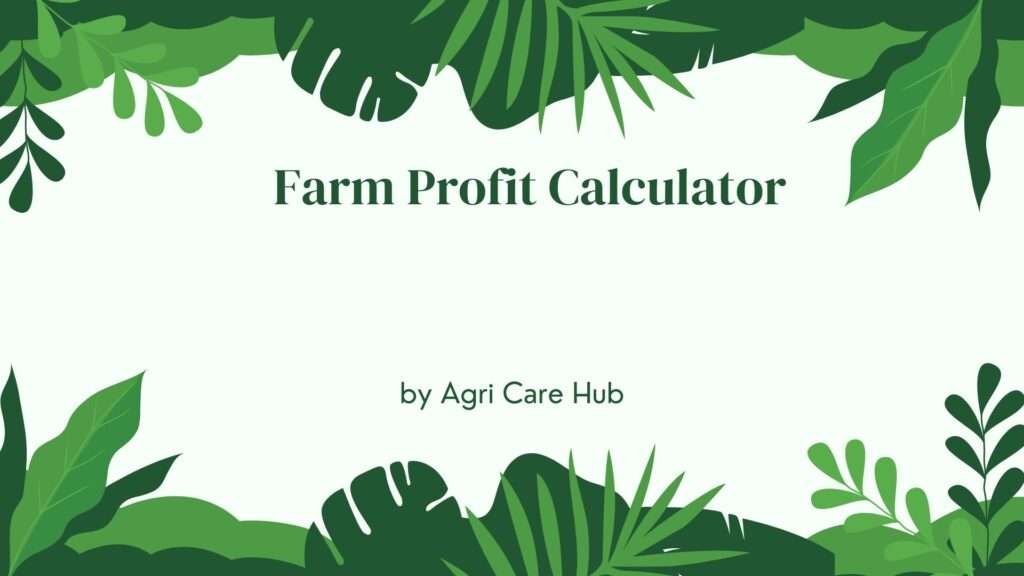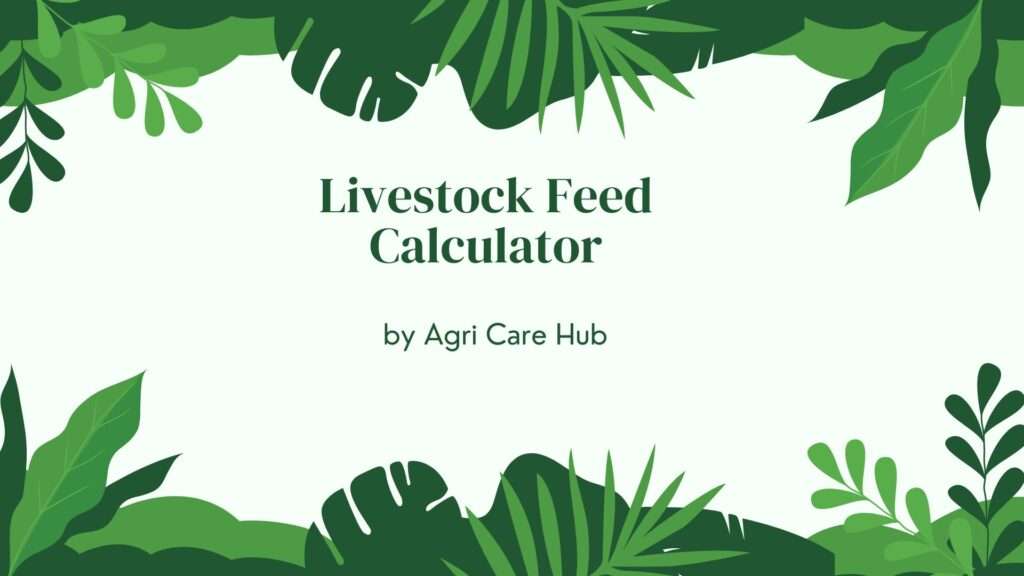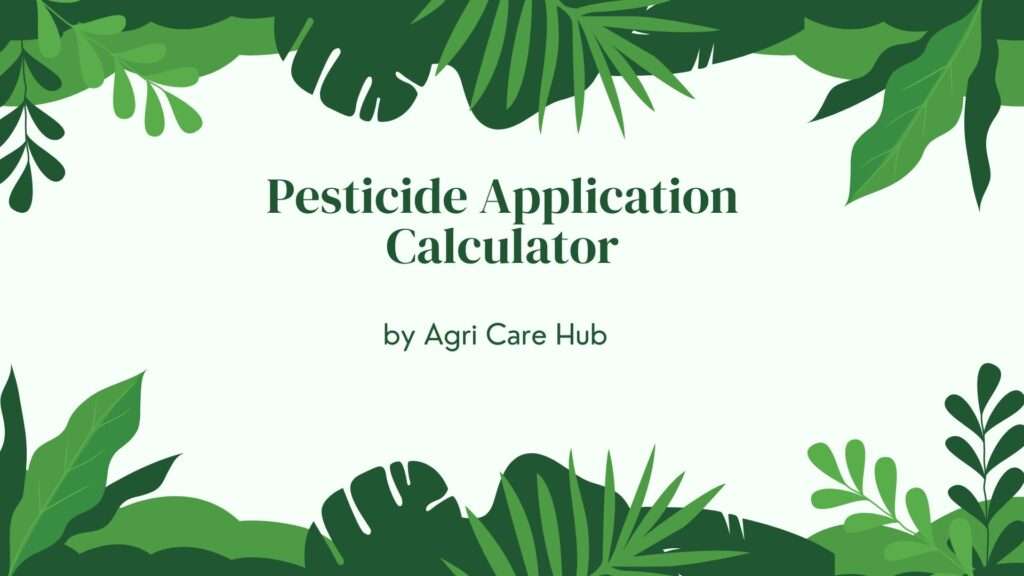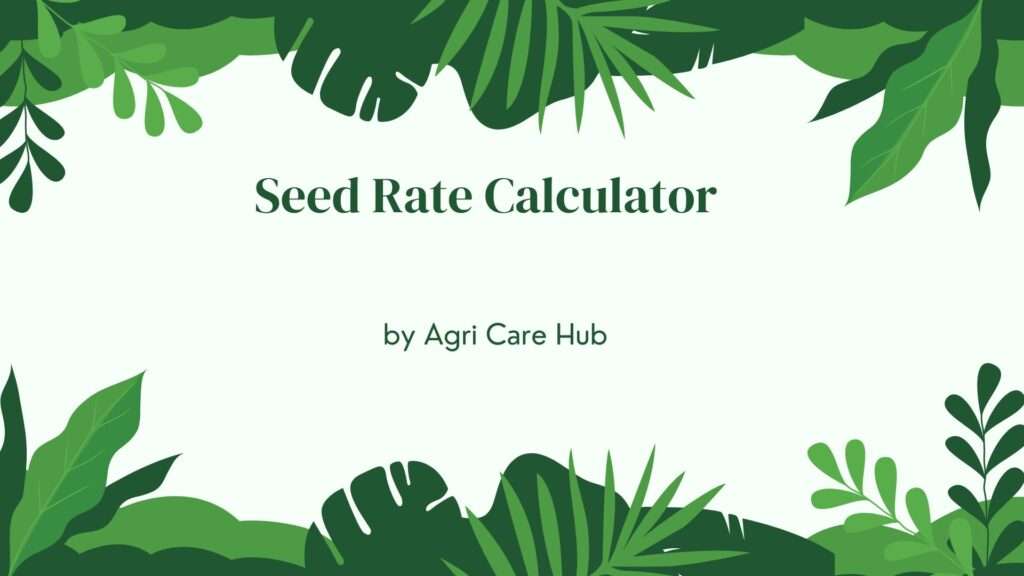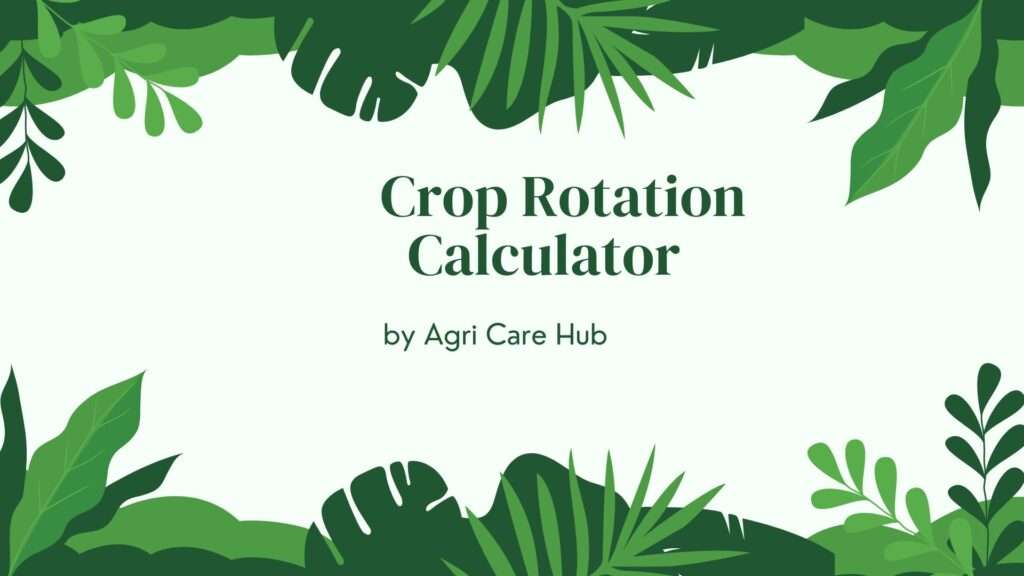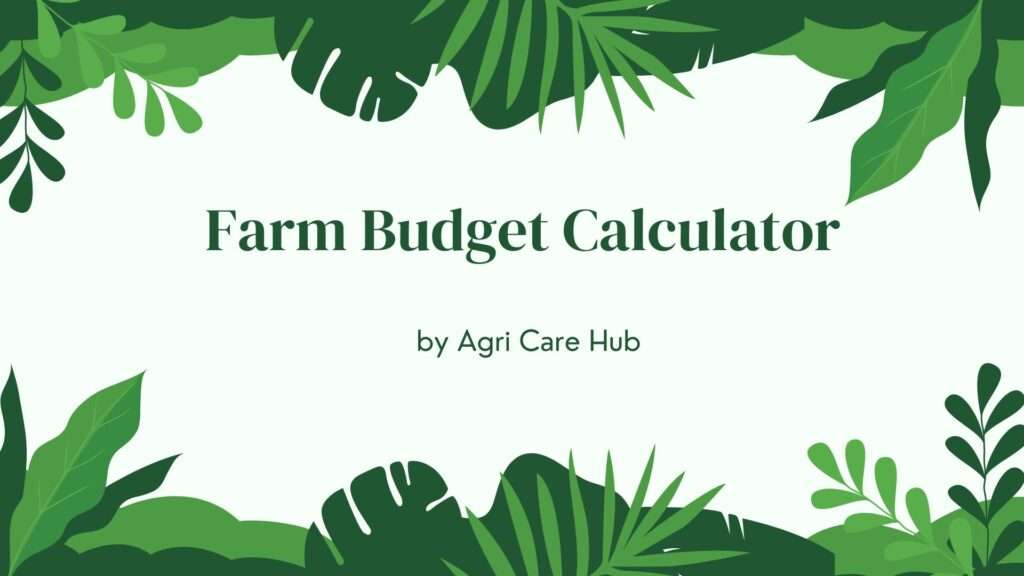Soil Nutrient Leaching Calculator
Calculate Nutrient Leaching
Results
About the Soil Nutrient Leaching Calculator
The Soil Nutrient Leaching Calculator is a scientifically designed tool to help farmers, agronomists, and environmentalists estimate nutrient loss due to leaching in agricultural soils. Leaching, as described on Soil Nutrient Leaching, is the process where water-soluble nutrients are washed out of the soil by rainfall or irrigation, potentially leading to reduced soil fertility and environmental pollution. This calculator uses peer-reviewed methodologies to provide accurate estimates, supporting sustainable farming practices. For additional resources, visit Agri Care Hub.
Importance of the Soil Nutrient Leaching Calculator
Nutrient leaching is a critical concern in modern agriculture. Excessive loss of nutrients like nitrogen, phosphorus, and potassium can reduce crop yields, increase farming costs, and contribute to environmental issues such as eutrophication in water bodies. The Soil Nutrient Leaching Calculator helps users quantify these losses, enabling informed decisions about soil management and fertilizer application. By understanding leaching risks, farmers can adopt strategies to minimize nutrient loss, enhance soil health, and promote sustainable agriculture. This tool bridges the gap between scientific research and practical application, ensuring reliable results based on established principles.
User Guidelines
To use the Soil Nutrient Leaching Calculator effectively, follow these steps:
- Select Soil Type: Choose the soil type (sandy, loamy, or clay) to account for its water-holding capacity and permeability.
- Enter Annual Rainfall: Input the annual rainfall in millimeters, as this drives the leaching process.
- Choose Nutrient Type: Select the nutrient (nitrogen, phosphorus, or potassium) to evaluate its leaching potential.
- Input Nutrient Concentration: Provide the nutrient concentration in the soil (mg/kg) based on soil tests.
- Specify Soil Depth: Enter the soil depth in centimeters to calculate the volume of soil affected.
- Calculate: Click the "Calculate Leaching" button to get results and recommendations.
Ensure all inputs are accurate, as the calculator relies on precise data to deliver reliable results. Consult local agricultural extension services for soil test data if needed.
When and Why You Should Use the Soil Nutrient Leaching Calculator
The Soil Nutrient Leaching Calculator is invaluable in several scenarios:
- Pre-Planting Planning: Use the calculator before applying fertilizers to estimate potential nutrient losses and adjust application rates.
- Post-Rainfall Assessment: After heavy rainfall, assess nutrient loss to determine if supplemental fertilization is needed.
- Environmental Monitoring: Evaluate the risk of nutrient runoff to nearby water bodies, aiding in compliance with environmental regulations.
- Research and Education: Use the tool for academic studies or to educate farmers about sustainable soil management.
The primary reason to use this calculator is to optimize fertilizer use, reduce costs, and minimize environmental impact. By understanding leaching dynamics, users can maintain soil fertility and support sustainable farming practices.
Purpose of the Soil Nutrient Leaching Calculator
The primary purpose of the Soil Nutrient Leaching Calculator is to provide a user-friendly, scientifically grounded tool for estimating nutrient loss in agricultural soils. It aims to:
- Enhance Soil Management: Help farmers maintain optimal soil nutrient levels for crop growth.
- Reduce Environmental Impact: Minimize nutrient runoff to prevent water pollution and eutrophication.
- Support Cost Efficiency: Optimize fertilizer use to reduce unnecessary expenses.
- Promote Sustainability: Encourage practices that preserve soil health for future generations.
By integrating scientific principles with practical application, the calculator empowers users to make data-driven decisions for sustainable agriculture.
Scientific Basis of the Calculator
The Soil Nutrient Leaching Calculator is based on established scientific principles and peer-reviewed methodologies. It uses the following formula to estimate nutrient leaching:
Leaching Loss (kg/ha) = Nutrient Concentration (mg/kg) × Soil Depth (cm) × Soil Bulk Density (g/cm³) × Leaching Fraction
The leaching fraction is determined by soil type and rainfall, based on research such as that found in Soil Nutrient Leaching. Typical leaching fractions are:
- Sandy soils: 0.3–0.5 (high permeability)
- Loamy soils: 0.1–0.3 (moderate permeability)
- Clay soils: 0.05–0.1 (low permeability)
Soil bulk density values are standardized (e.g., 1.3 g/cm³ for sandy soils, 1.2 g/cm³ for loamy soils, 1.1 g/cm³ for clay soils). The calculator adjusts these parameters based on user inputs to provide accurate estimates.
Benefits of Using the Calculator
Using the Soil Nutrient Leaching Calculator offers numerous benefits:
- Precision: Provides accurate estimates of nutrient loss based on site-specific data.
- Cost Savings: Helps optimize fertilizer application, reducing waste.
- Environmental Protection: Reduces nutrient runoff, protecting local ecosystems.
- User-Friendly Interface: Designed with a clean, intuitive UI for ease of use.
- Educational Value: Enhances understanding of soil nutrient dynamics.
For more agricultural tools and resources, explore Agri Care Hub.
Limitations and Considerations
While the Soil Nutrient Leaching Calculator is a powerful tool, it has some limitations:
- Data Accuracy: Results depend on the accuracy of user inputs, such as soil test data and rainfall measurements.
- Simplified Model: The calculator uses generalized leaching fractions and may not account for site-specific factors like soil organic matter or irrigation practices.
- Nutrient Scope: Currently limited to nitrogen, phosphorus, and potassium; other nutrients may require different models.
Users should complement calculator results with local expertise and soil testing for comprehensive soil management.
Future Enhancements
We are committed to improving the Soil Nutrient Leaching Calculator. Planned enhancements include:
- Additional Nutrients: Expanding the calculator to include micronutrients like calcium and magnesium.
- Advanced Models: Incorporating site-specific factors like soil organic matter and irrigation.
- Mobile Integration: Developing a mobile app version for on-the-go use.
Stay updated on these developments by visiting Agri Care Hub.

